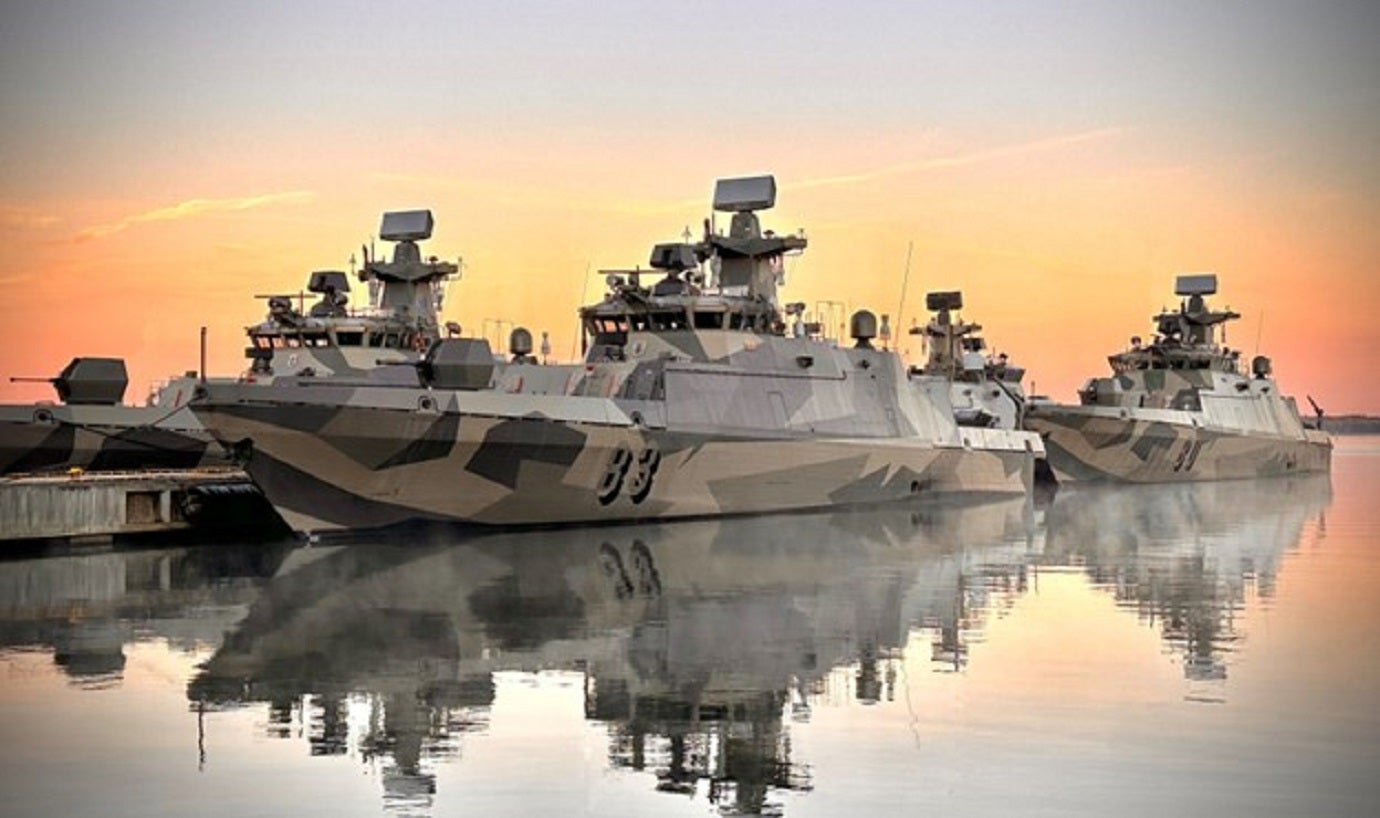
Finland looks to strengthen its weapons capabilities onboard its four Hamina-class corvettes – Hamina, Tornio, Hanko and Pori – giving final approval for the development project on 12 December 2023.
Originally signed between the indigenous manufacturer Patria and the Finnish Defence Forces (FDF) in 2018, this modernisation contract will allow the Navy to counter maritime threats, repel attacks at sea, protect sea lines of communication, and secure territorial integrity – all relevant criteria to US and Nato objectives for securing a free and open maritime strategy around the world.
Since its accession to the Nato military alliance earlier this year, the Finnish Government has already begun efforts to bolster its defence. Recently, the FDF hosted its first major military drills as a Nato member alongside UK and US marines, comprising a 4,000-strong amphibious force, in an effort to traverse and understand the Finnish coastline – a rugged and island-strewn maritime region with narrow channels.
Features of Finland’s Hamina missile boats in a critical theatre
The Navy’s new Hamina-class missile boats serve as the successor to the Navy’s enduring Rauma-class fast-attack craft acquired in the early 1990s.
One boat has an overall length of 51 metres (m), a waterline length of 44.3m, a breadth of 8.3m and a design draft of 1.7m. Displacement of the ship is 250 tonnes (t) and the vessel’s full complement is 23t.
Critically, the original equipment manufacturer, Aker Finnyards, designed the vessels as stealth ships, the Hamina-class features a round bilge aluminium mono-hull, with a superstructure made of reinforced carbon fibre composite.
How well do you really know your competitors?
Access the most comprehensive Company Profiles on the market, powered by GlobalData. Save hours of research. Gain competitive edge.

Thank you!
Your download email will arrive shortly
Not ready to buy yet? Download a free sample
We are confident about the unique quality of our Company Profiles. However, we want you to make the most beneficial decision for your business, so we offer a free sample that you can download by submitting the below form
By GlobalDataThe shape and materials used reduce the ship’s magnetic, heat and radar signatures. Radar absorbent materials such as kevlar and balsa cover the ship’s metal structures, while its composite parts are made from radar absorbent material.
Hamina’s upgraded missile defence systems will allow the FDF to operate as a more credible fighting force against Russia around the Gulf of Finland, right on Nato’s north-eastern flank. The vessel is armed with four RBS-15 mark 3 anti-ship missiles each with a range of over 100 kilometres (km). The onboard Umkhonto-infrared surface-to-air missile system can simultaneously engage up to eight aircraft within a 14km range.
What is more, the vessels were integrated with a new underwater operations capability by the installation of the lightweight torpedo TP47 and variable depth sonar, VDS.
As the Finnish Border Guard and Navy are upgrading their primary surface fleet, naval vessels and surface combatants form the second-largest sector in the Finnish defence market, according to GlobalData intelligence. The total value for this sector is $1.2bn between 2023-28. GlobalData anticipates its value allocation across the forecast period to peak in 2025 at $285m.
After the nation’s contract to procure F-35 Lightning II multi-role aircraft, in a sector worth $4.3bn, the FDF’s second and third priorities are corvettes anti-ship missiles, worth $816m and $446m respectively.







